Canan Coşkun
The Board for the Protection of Minors from Obscene Publications has prepared a report in the case against cartoonist Zehra Ömeroğlu, regarding a cartoon titled “Sex in the Pandemic” published in the satire magazine LeMan. The board asserted that the cartoon “offends public decency and modesty, and is contrary to general morality as it incites and exploits sexual desires.” Ömeroğlu is preparing to challenge the Board’s decision in the Administrative Court.
The Istanbul Chief Public Prosecutor's Office had prepared an indictment against Ömeroğlu following the publication of her cartoon in LeMan on Nov. 25, 2020. She was accused of "obscenity," facing up to three years in prison and a judicial fine of up to 5,000 days. During the trial, the prosecutor also demanded Ömeroğlu's punishment in his final opinion.
Board defends "general morality"
In the trial at the Istanbul 2nd Criminal Court of First Instance, a report was requested in October 2022 from the Ministry of Family and Social Services’ Child Services General Directorate's Board for the Protection of Minors from Harmful Publications to determine whether the cartoon was obscene. The much-anticipated report recently entered the case file.
The expert committee, consisting of Ayşe Yıldırım Kara, Serpil Penez Şahin, Gülser Ustaoğlu, Tuncay Cevheroğlu, and Hüseyin Kaya, defined the crime of obscenity in the report, stating that the legal interest protected by these provisions is "general morality," also referred to as public decency and modesty.
According to Supreme Court precedents, general morality is defined as "the moral and decency understanding embraced by the general population with right, reasonable, and just thoughts." The committee commented that "in determining the contravention to the abstract and variable concept of general morality and decency, the behavioral norms related to the democratic social order should be the basis, not the value judgments accepted by a certain section of society."
The report noted that it is necessary to objectively determine whether the accused "product" is an overt attack on the public's sense of decency and morality, especially considering the need to protect children from its harmful effects, and whether it is obscene.
The Board finds the cartoon offensive to public decency
The committee acknowledged that Ömeroğlu’s cartoon did not feature children, violent imagery involving animals, sexual behavior on a dead human body, or unnatural sexual acts. However, it asserted that the cartoon completely contradicts the society’s customs, traditions, and moral understanding, offending decency and modesty. The committee claimed the primary goal of the cartoon was to create sexual arousal in the viewer for profit.
The committee contended that even though the woman in the cartoon wore underwear, she appeared completely naked, and the man, only visible from the waist up, was entirely nude. They argued that Ömeroğlu’s cartoon meets the elements of the crime of "obscenity" under Article 226 of the Turkish Penal Code, claiming it “offends public decency and modesty, inciting and exploiting sexual desires” and unanimously deemed the cartoon obscene.
Ömeroğlu: Report is flawed and arbitrary
Cartoonist Zehra Ömeroğlu, facing charges, told MLSA: “The report submitted to the court is flawed and arbitrary. It’s flawed because the cartoon doesn’t contain the elements it’s accused of having. There’s no pornographic element in the drawing. It’s arbitrary because it’s unclear how obscenity is defined. I can’t believe that five people seriously sat down and decided whether this cartoon is obscene. The report talks about ‘general morality.’ Whose morality is that? In a place where immorality is so openly rampant, does this cartoon really corrupt general morality? Is general morality so fragile and unstable that it can be corrupted by a cartoon?”



